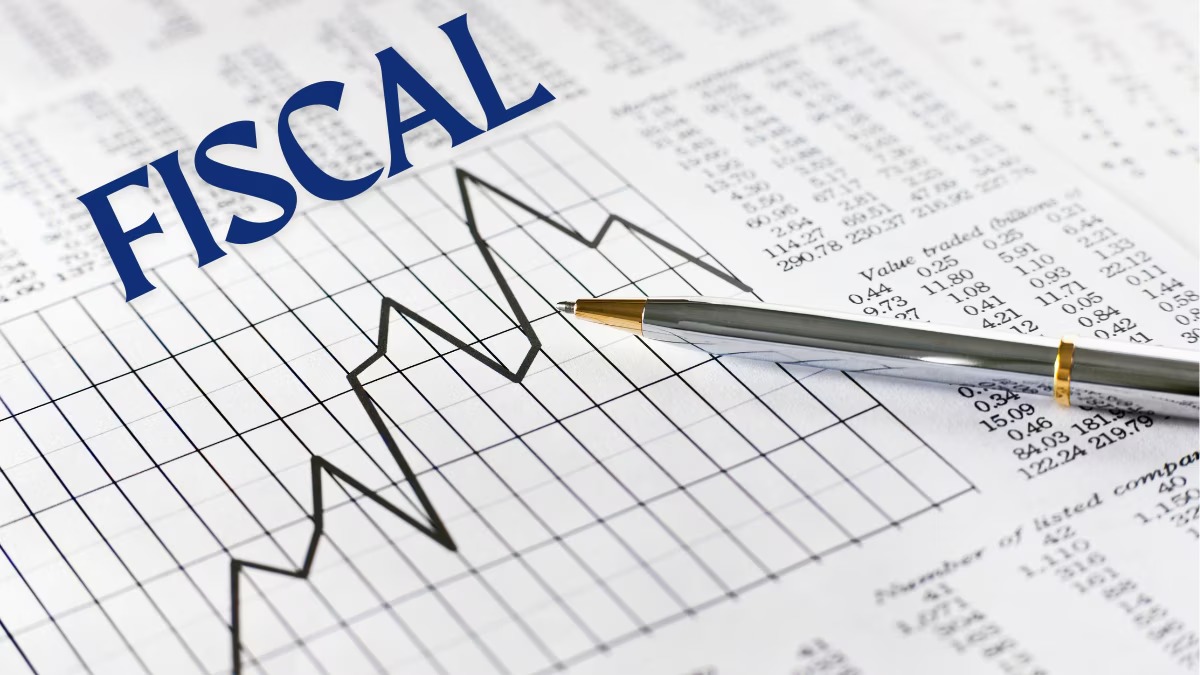India’s fiscal deficit for the first half of FY26 rose to ₹5.73 trillion, accounting for 36.5% of the full-year budget estimate. The increase was driven by higher capital expenditure and slower tax revenue growth, though strong non-tax receipts and RBI dividend are expected to support fiscal targets.
Mid-Year Fiscal Snapshot
India’s fiscal deficit for April to September FY26 widened to ₹5.73 trillion, up from ₹4.75 trillion in the same period last year. This marks a significant rise from 29.4% to 36.5% of the annual budget estimate, according to data released by the Controller General of Accounts (CGA). The surge reflects a rebound in capital expenditure, which had been subdued in H1 FY25 due to election-related curbs.
Despite the widening gap, the government remains committed to its fiscal deficit target of 4.4% of GDP for FY26, supported by robust non-tax revenue and a record dividend payout from the Reserve Bank of India.
Key Highlights
-
Fiscal deficit for H1 FY26: ₹5.73 trillion
-
Share of annual budget estimate: 36.5%
-
Previous year’s H1 deficit: ₹4.75 trillion (29.4%)
-
Capital expenditure accelerated post-election period
-
Government maintains fiscal deficit target of 4.4% of GDP
Notable Updates
-
Total receipts: ₹17.30 trillion (49.5% of budget target)
-
Total expenditure: ₹23.03 trillion (45.5% of budget estimate)
-
Tax revenue growth slower; non-tax revenue stronger
-
September recorded a fiscal surplus of ₹25,030 crore
-
RBI dividend and asset monetization expected to aid fiscal balance
Outlook Ahead
While the fiscal deficit has widened, analysts believe the government’s revenue strategy and disciplined spending could help meet the FY26 target. Continued infrastructure investment and social sector funding will be key drivers, with GST collections and disinvestment plans under close watch.
Sources: Republic World, NewsBytes, LiveMint, Economic Times, Business Standard
